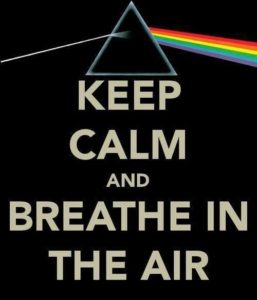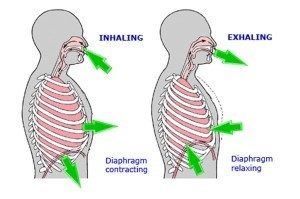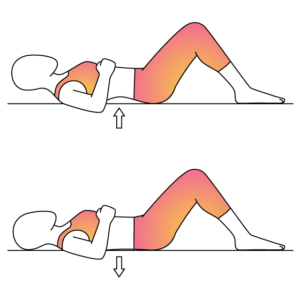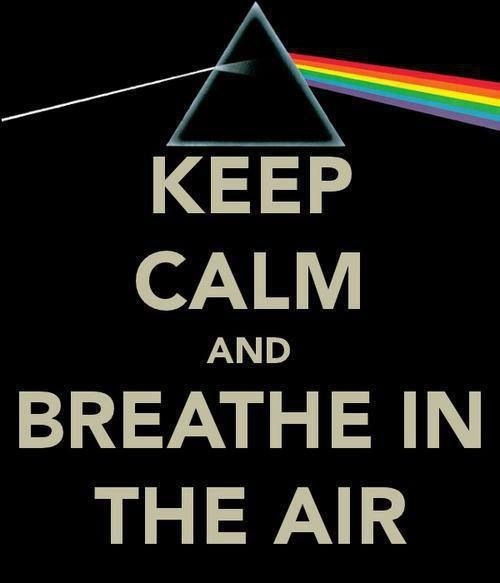 Can the way I breathe be causing my back pain? What is belly breathing and why does it help? How do I brace my core? What is diaphragmatic breathing and why is it so important?
Can the way I breathe be causing my back pain? What is belly breathing and why does it help? How do I brace my core? What is diaphragmatic breathing and why is it so important?
Well let’s answer a few of these questions together…. But first we must take a look at what breathing does to know if we are breathing correctly or not.
 When we take a breath in, our belly should fill up with air (not just our chest). Ideally, we breathe in through our nose, the air travels into our lungs (gas exchange occurs) and our diaphragm contracts, allowing us to feel like our belly fills up with air. Then, our diaphragm relaxes pushing the air out of our lungs and we exhale through our mouth. Unfortunately, most of us do not breathe this way…
When we take a breath in, our belly should fill up with air (not just our chest). Ideally, we breathe in through our nose, the air travels into our lungs (gas exchange occurs) and our diaphragm contracts, allowing us to feel like our belly fills up with air. Then, our diaphragm relaxes pushing the air out of our lungs and we exhale through our mouth. Unfortunately, most of us do not breathe this way…
We tend to breathe shallow breaths in and out of our mouths, never allowing the correct muscles to expand and contract (our diaphragm) and we are only using our chest muscles to breathe. These shallow breaths lead to dysfunctional breathing, which leads to poor posture and muscle imbalances. These imbalances can cause low back pain, neck pain, chest pain, and a whole array of problems.
So to answer our first question- Yes! The way we’re breathing can be causing back pain!
 On to our second question of belly breathing…
On to our second question of belly breathing…
Belly breathing is a name given to the ‘ideal’ way to breathe as explained above. This technique turns on our parasympathetic nervous system; which reduces stress, anxiety and can soothe our body. Breathing correctly can help boost our immune system, increase alertness, help with sleep disorders, and overall makes our entire body function more effectively! So breathe baby… breathe with your belly first!!!
 Core bracing is a wonderful breathing technique that will help with low back pain and also allow other muscles to do more work for longer duration. Core bracing is a term used to describe the abdominal wall muscles contracting which facilitates our pelvic floor muscles to contract, gluteal muscles to contract, thus allowing our spinal erector muscles to elongate or relax and our hip flexors to turn off as well. So we can see the importance of core bracing in regards to low back pain.
Core bracing is a wonderful breathing technique that will help with low back pain and also allow other muscles to do more work for longer duration. Core bracing is a term used to describe the abdominal wall muscles contracting which facilitates our pelvic floor muscles to contract, gluteal muscles to contract, thus allowing our spinal erector muscles to elongate or relax and our hip flexors to turn off as well. So we can see the importance of core bracing in regards to low back pain.
Here at Back to Function we teach our patients to breathe functionally, brace their core, and restore posture through breath. Let’s try a simple exercise together!
- Lay on your back face up.
- Bend your knees and place your feet on the floor.
- Place a ball, towel, or block between your knees.
- Place your hands on your belly.
- Tuck your butt under, pushing your low back into the floor. (Que: feel like you are looking at your belt buckle)
- Squeeze you glutes together.
- Hold this position.
- Now take a breathe in through your nose and feel your belly rise.
- Exhale through your mouth pushing out all the air (feel your belly tighten).
- Repeat for 4-8 breaths.
You should feel as if your ribs fall down toward your pelvis and your pelvis is tilted toward your ribs. (as if you are doing an abdominal crunch)
** Take a second to relax before getting up too fast, as you can feel light headed from this exercise.
 This style of breathing is the start to core bracing, diaphragmatic breathing, and restoring your posture. These deep breaths will help reduce stress, decrease anxiety, facilitate the diaphragm and help with body aches and pains.
This style of breathing is the start to core bracing, diaphragmatic breathing, and restoring your posture. These deep breaths will help reduce stress, decrease anxiety, facilitate the diaphragm and help with body aches and pains.
For more information on breathing and how it can affect your health see the articles Breathing to Correct Posture & Alleviate Pain & Buteyko Method of Breathing.
To help with breathing, postural faults, or back pain book an appointment with one of the Doctors at Back to Function today by calling 310-534-1900 or emailing us at info@backtofunction.com!



